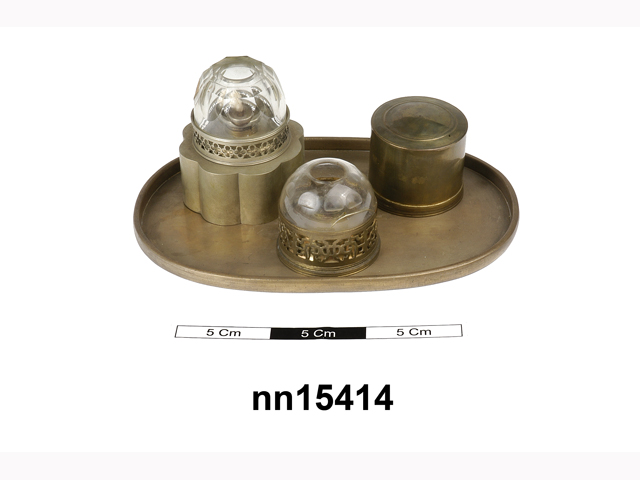Gandharan terracotta figure. The figure is consists of the head and upper torso only. The figure is depicted with a neck and hair ornaments.
Head and upper torso of a human female figurine in coarse red terracotta, a typical Sar Dheri type with: short outstretched arms, slit appliqué eyes, long pinched nose, an elaborate coiffure with flowers in it (here three, with the central bloom lost). The hair descends in large tresses at both sides of the head and is raised into a sort of fan above the brow. The neck is adorned with the usual thick collar decorated with vertical incisions. This piece fits with ease into the Sar Dheri range and it is clearly a votive object. As must be true for all such figures from this area, it may represent a nature or fertility deity, or even a specific yakṣiṇī, or guardian nature spirit (the female equivalent of the male yakṣi). It would be so interesting to know what her ancient name and clearly important local role may have been, given the huge number of images of her found all over the region. Archaeological context: presumably unstratified and from a surface collection. Marked on the back with ‘SD3’. SD is the Gordon abbreviation for Sar Dheri, an early historic period site on the Charsadda-Mardan road, about 1.5 miles directly east of the great site of Pushkalavati, ancient capital of Gandhara, especially the Charsadda Bala Hissar, Shaikhan Dheri, etc, near modern Charsadda in the district of the same name, Khyber-Pakhtunkhwa, Pakistan. Early Historic Period, circa 1st century BCE. Given by Col. D H Gordon (1952/3).






